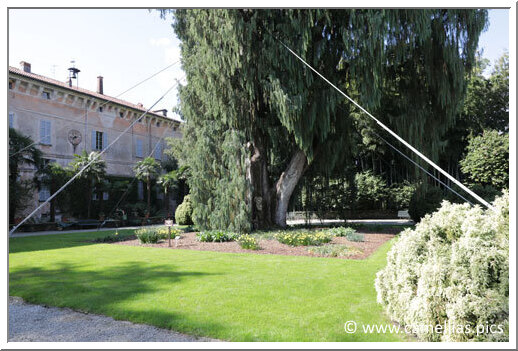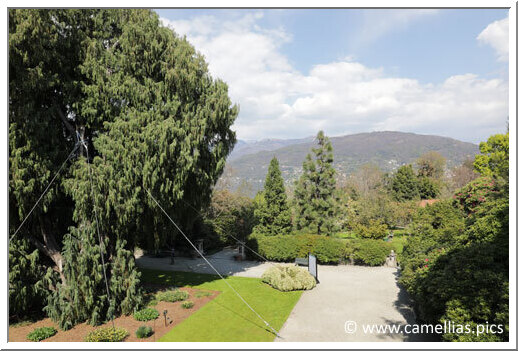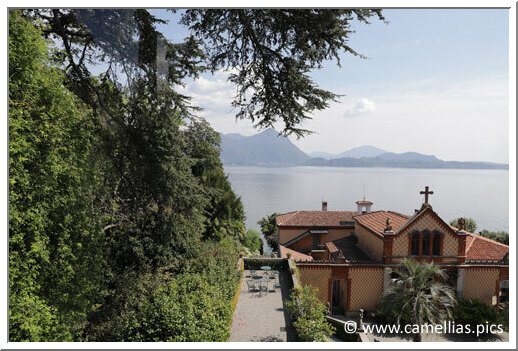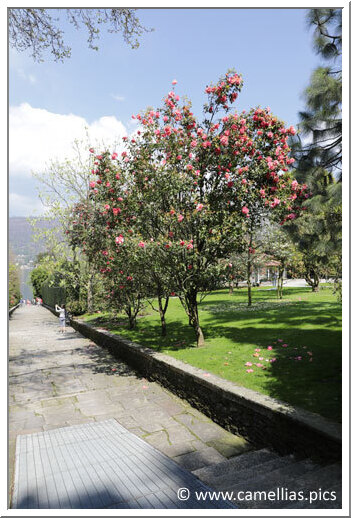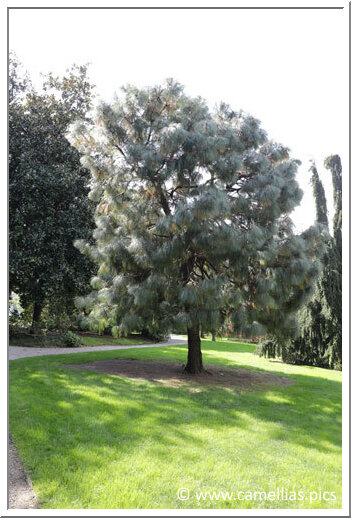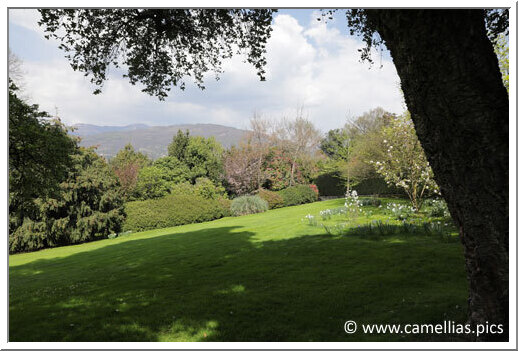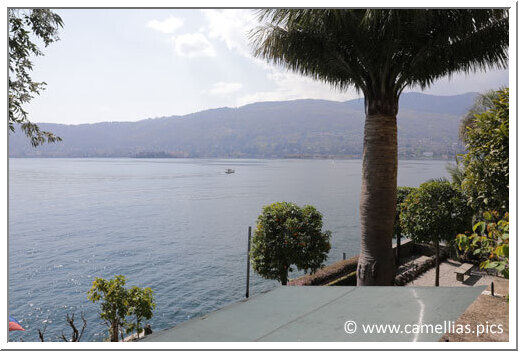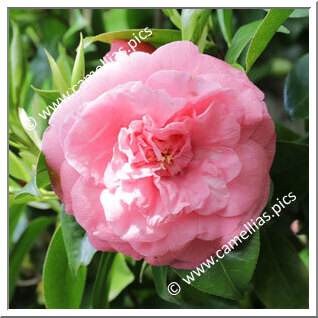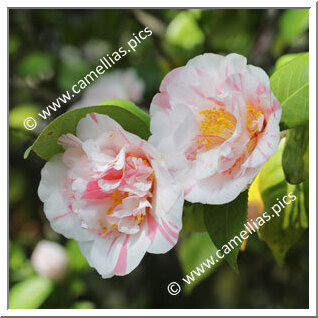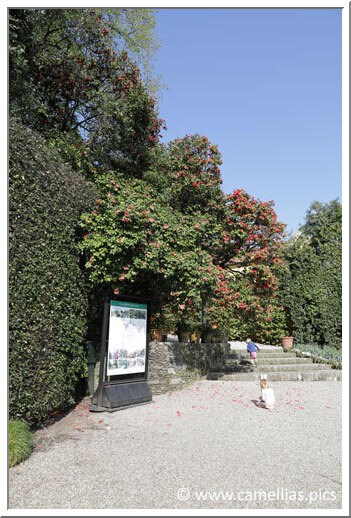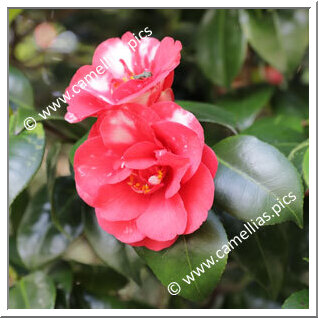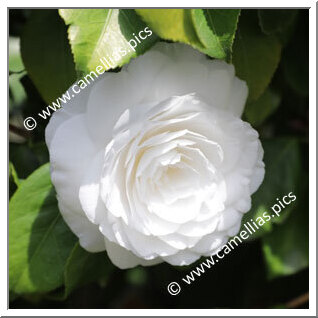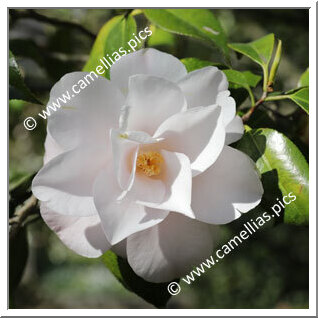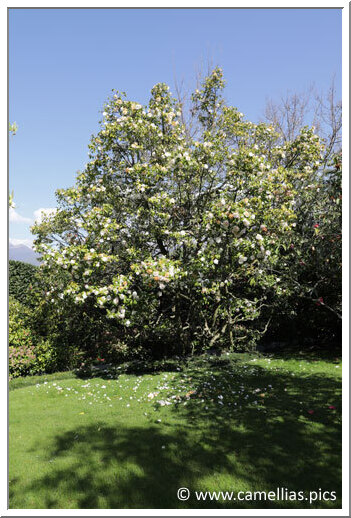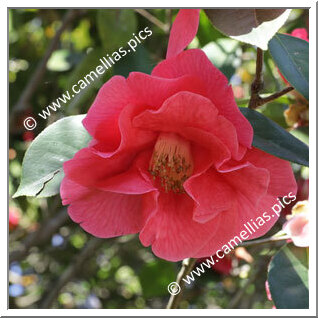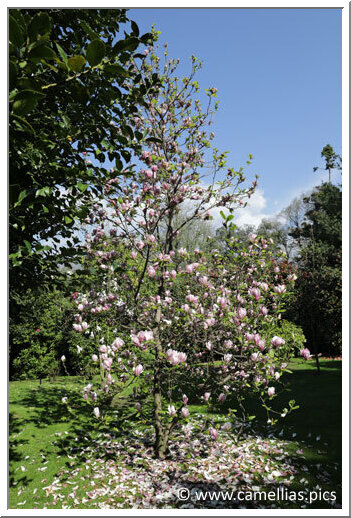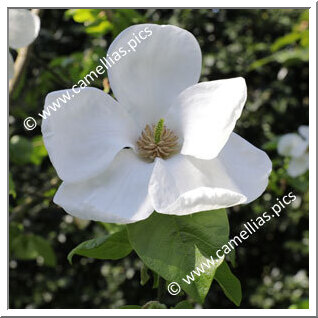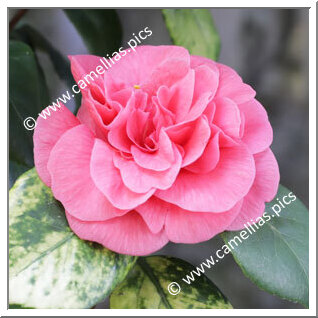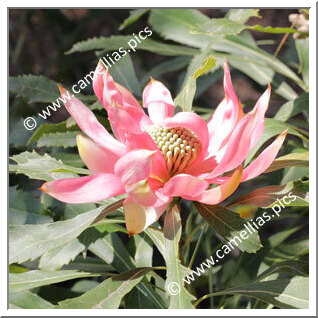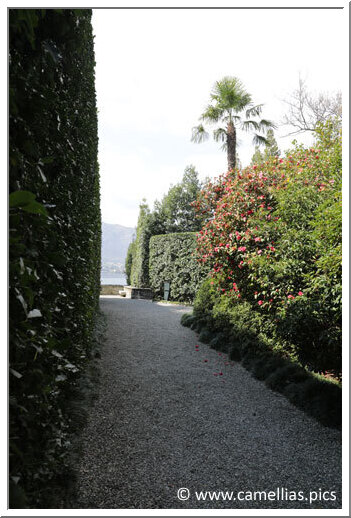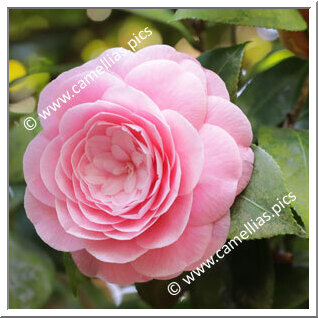L'Isola Madre fait partie de l'archipel des Iles Borromées, sur le lac Majeur. Elle est toujours propriété de la famille Borromée. Elle est entièrement occupée par un jardin botanique à l'anglaise, dont le climat particulier et la curiosité de ses créateurs ont permis d'y réunir, à partir du début du XIXème siècle, une collection très riche de plantes, dont des camellias. Le climat a permis d'acclimater bon nombre de plantes exotiques. L'accès se fait par bateau, au départ de Stresa et Baveno. La période visite optimum est fin mars-début avril.
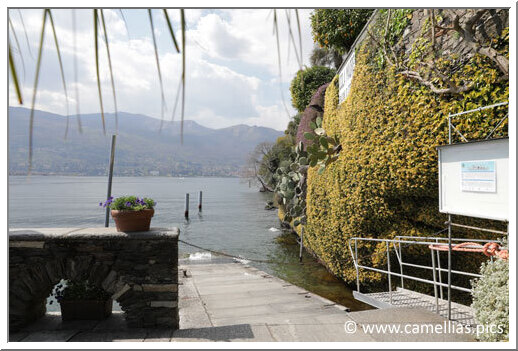
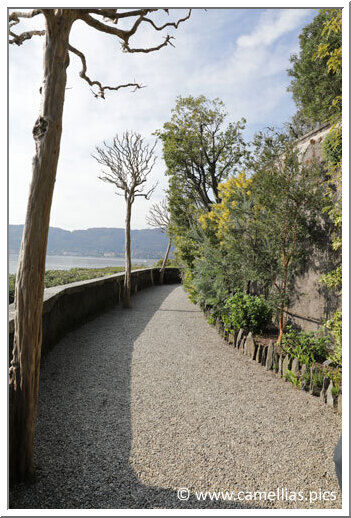
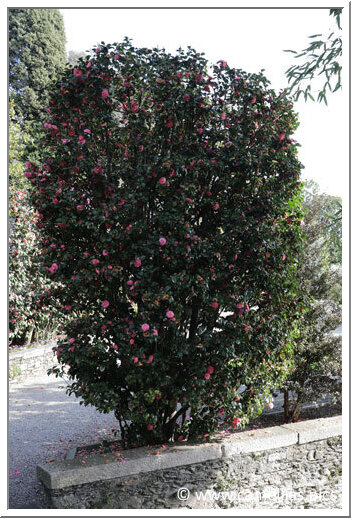
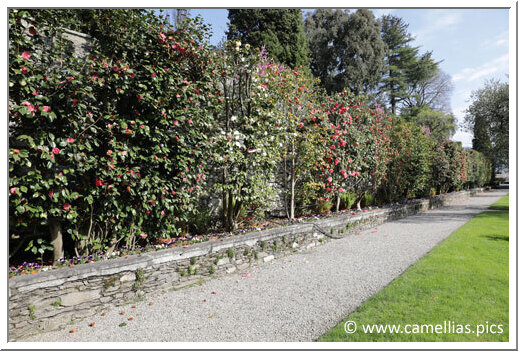
La collection de camellias est très riche. Certains camellias sont des obtentions locales. On y trouve bien sûr des camellias italiens.
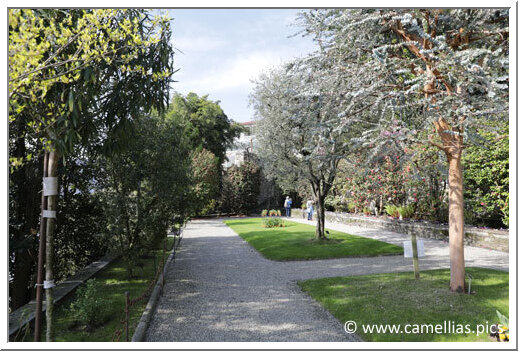
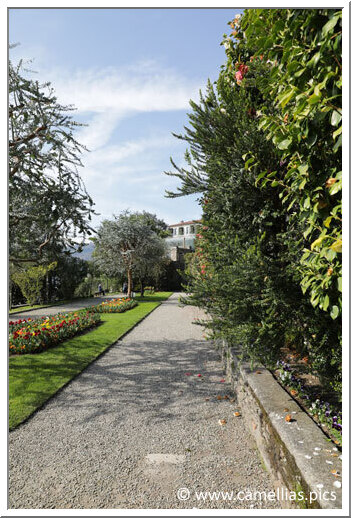
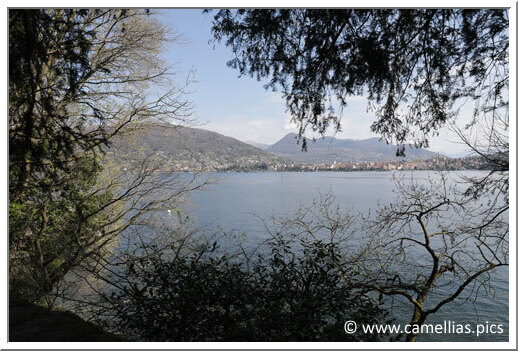
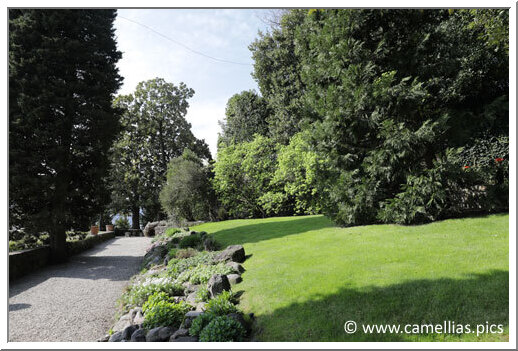
Ci-dessous, le premier camellia de l'Isola Madre et la photo de la fleur.
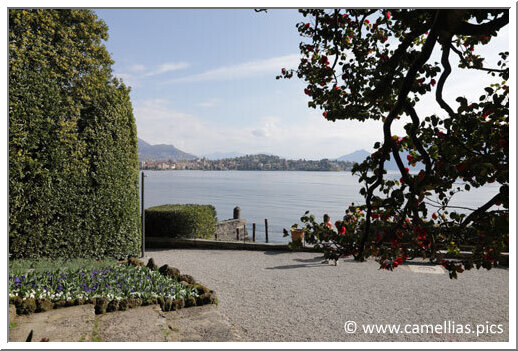
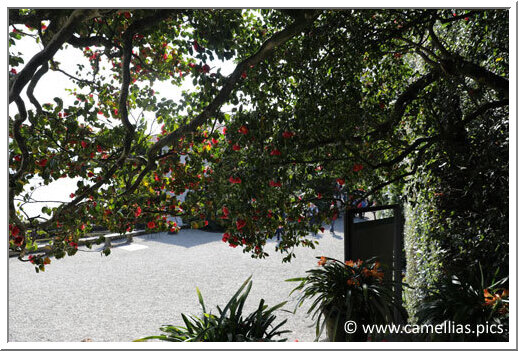
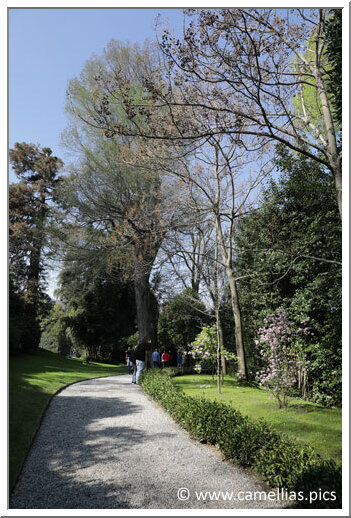
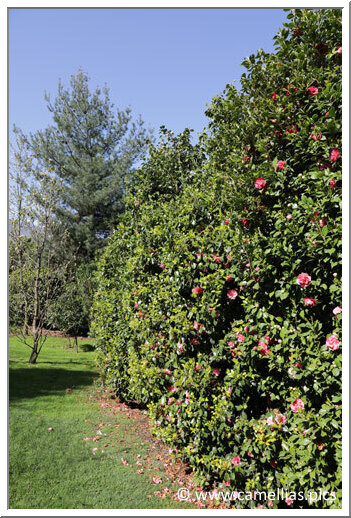
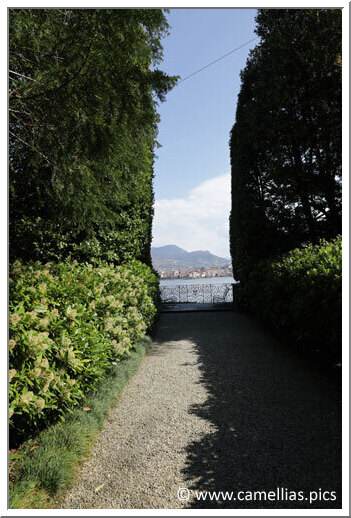
Nous continuons notre promenade et arrivons dans le secteur des reticulata.
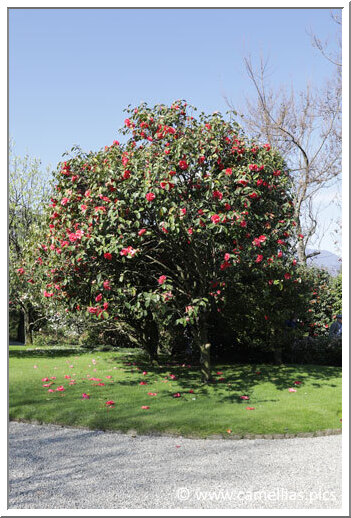
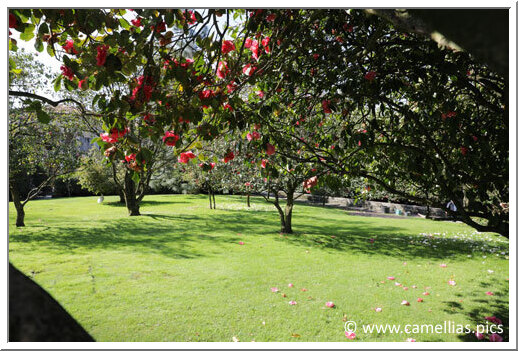
La collection des Magnolias est riche et superbe. La diversité fait la richesse de ce jardin.
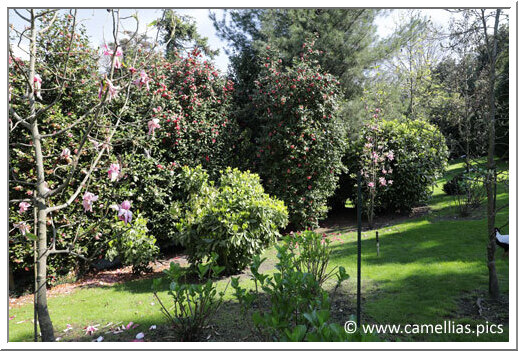
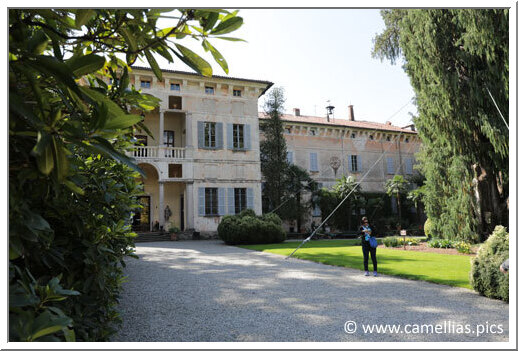
On peut aussi visiter le Palais, qui date du XVIème siècle et avoir une très belle vue sur le jardin.
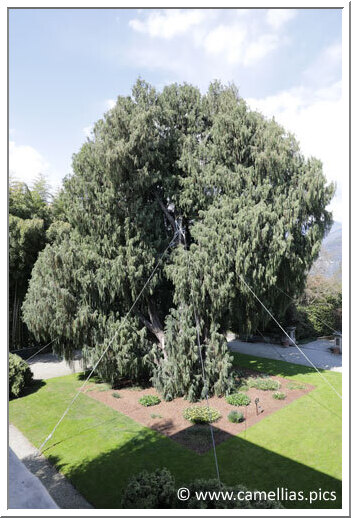
Ce Cyprès du Cachemire est un miraculé, il fut abattu par une tempête en juin 2006. Tout fut mis en oeuvre pour le sauver. Aujourd'hui, il est stabilisé.
